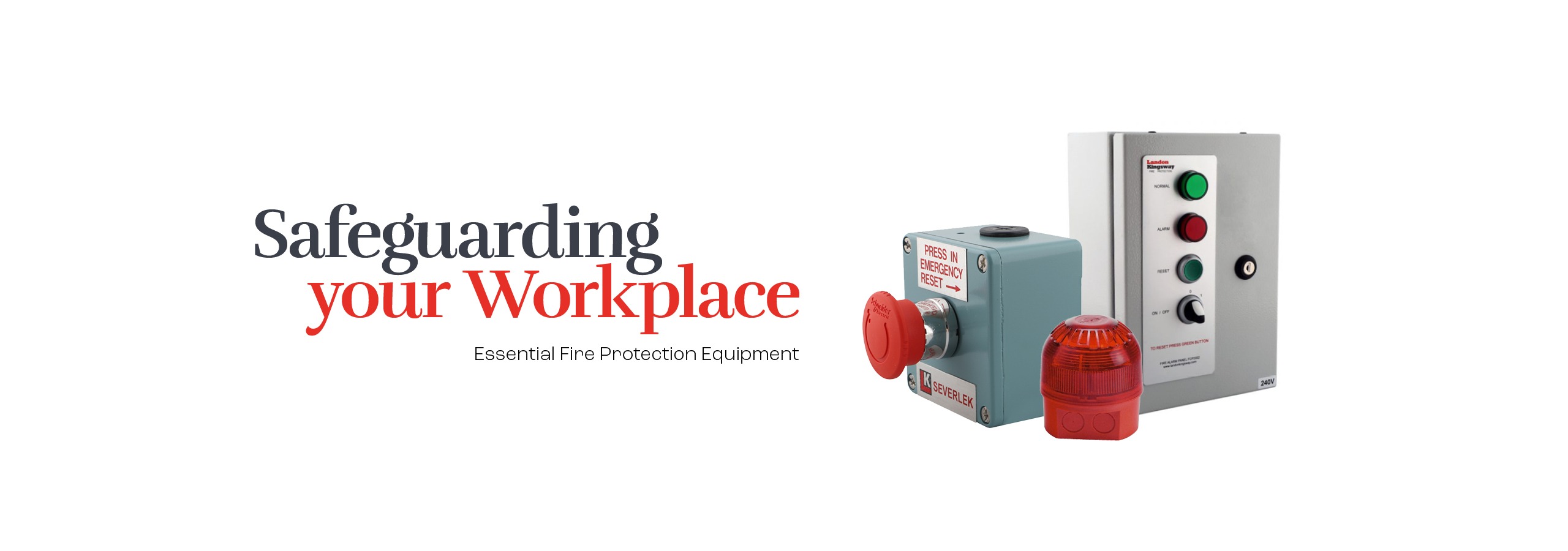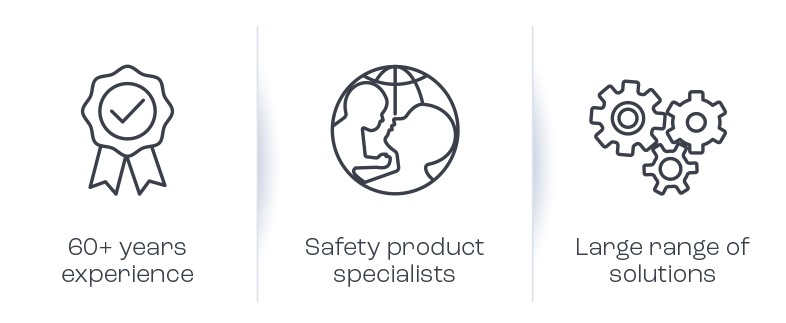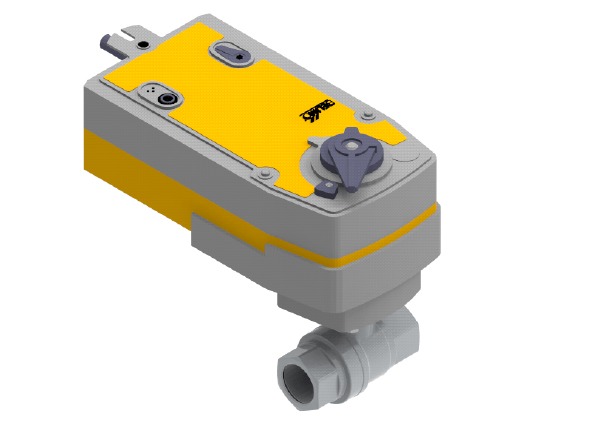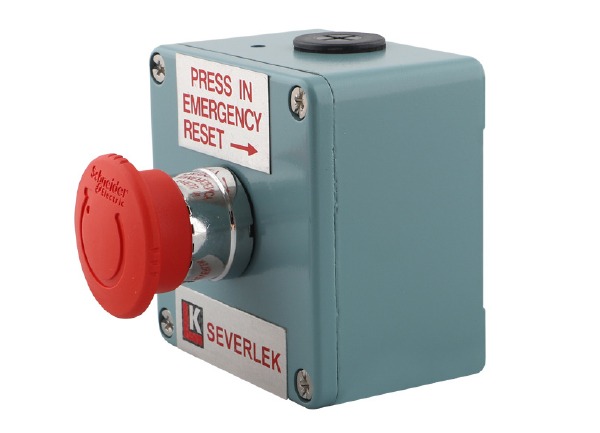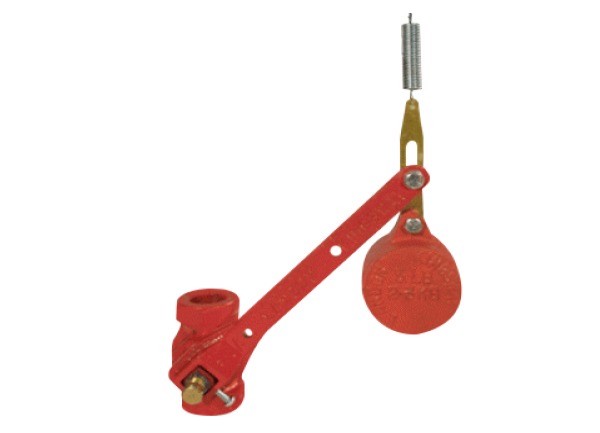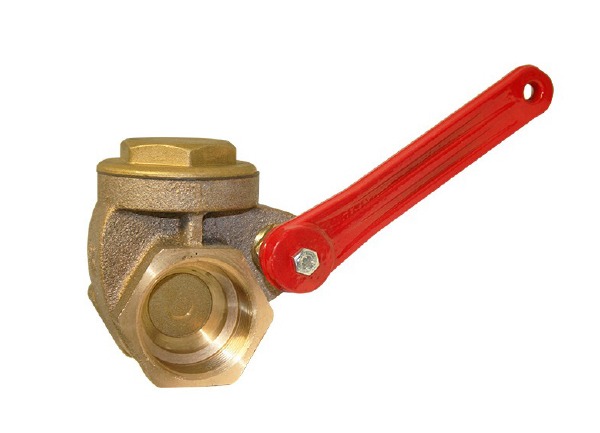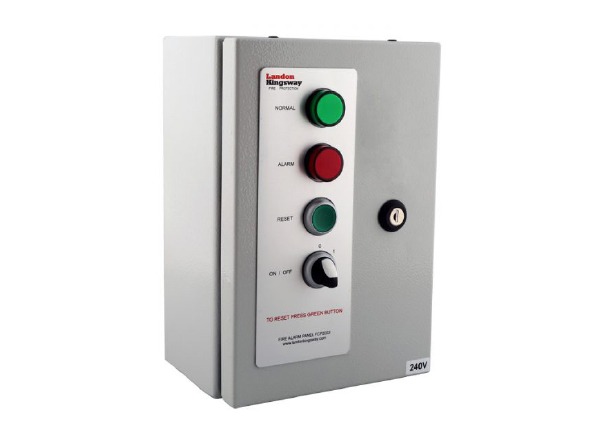In conclusion, fire protection equipment is a critical component of workplace safety, helping to detect, contain, and suppress fires in a timely manner. By understanding the function and importance of key fire protection equipment components such as electrically operated ball valves, emergency buttons, free fall fire valves, emergency shut off valves, fire control panels, and alarms, workplaces can enhance their fire safety measures and protect personnel and property from the devastating effects of fire.
Trust Landon Kingsway for all of your gas and fire protection needs.
Landon Kingsway is a UK provider with a global reputation for quality and innovation. We have been providing fire protection and hazardous gas detection equipment for commercial and industrial buildings including boiler house and plant rooms for over 60 years.
Book your free site survey now
Get a comprehensive site survey of your workplace from our experts and ensure you have the correct protection in place for your team and property. Call now on 0121 327 7881 or send us an enquiry for more information
You can also follow us on LinkedIn for the latest updates.

